A wild, wild world: what is rewilding and why is it part of Ukraine's future?
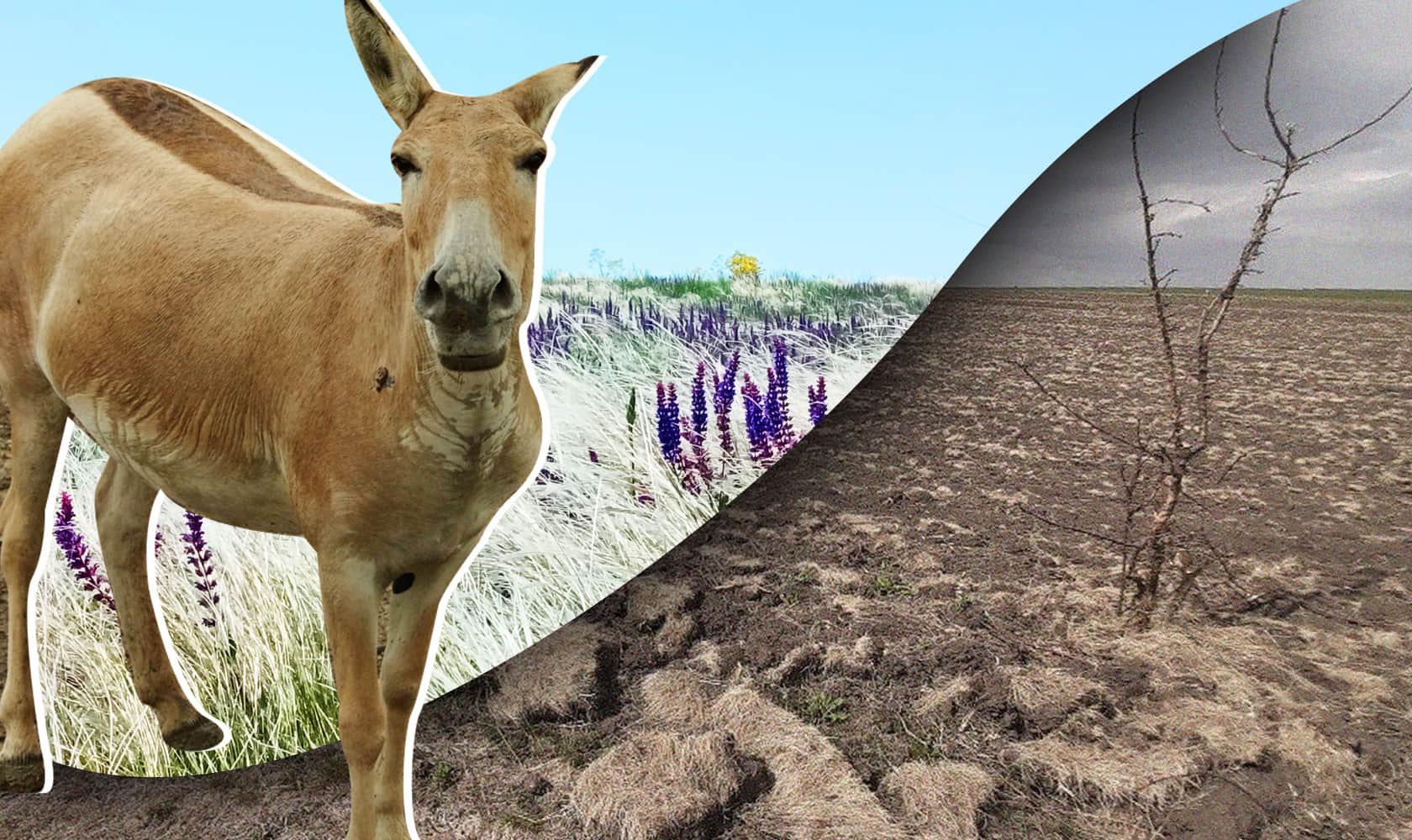
In the Tarutyne Steppe in Ukraine’s Odesa Oblast, nature had a stroke of luck long before the area was granted protected status as a landscape reserve in 2012: after World War II, it became a military training ground.
At first glance it might seem that that wouldn’t bode well for wildlife. But in practice, it often turns out quite the reverse.
A military training ground is out of bounds to the public: there are no sunflower fields and no commercial forestry. Of course there will be heavy machinery and military exercises, but it’s incomparably better for wildlife than places where peaceful farmers grow maize. Actually, in the latter case wildlife is out of the question, because in fields, there won’t be any.
It is estimated that no more than 4% of the wild steppes that once existed in Ukraine still remain in the 21st century. The rest has been ploughed up and turned into the fields that have made Ukraine one of the world's largest agricultural producers.
The steppe has endured in gullies that agricultural machinery could not physically reach, and in a few places that have been designated protected areas. The most famous of these is the Askania-Nova nature reserve in Kherson Oblast, which is now under Russian occupation.
Most people have heard little or nothing about the Tarutyne Steppe, even though it’s the second-largest area of wild steppe in Ukraine after Askania-Nova.
The Tarutyne Steppe is known not so much for its Red-listed grasses, or even as one of the largest steppe areas in Ukraine’s nature reserves, but for something terrible that happened to it.
In 2016, a private company began ploughing up the virgin steppe. The farmers managed to "cultivate" more than a thousand hectares of the protected area before the public could stop them. That’s a quarter of the protected landscape’s total area.
Today, with the help of environmentalists, wildlife is returning to the ploughed areas. And the restoration of the steppe has become one of the most striking and extensive examples of rewilding in Ukraine.
Ukrainska Pravda is here to explain what rewilding is, why life on Mars could become a reality without it, and why Ukraine is destined to become a world rewilding leader.
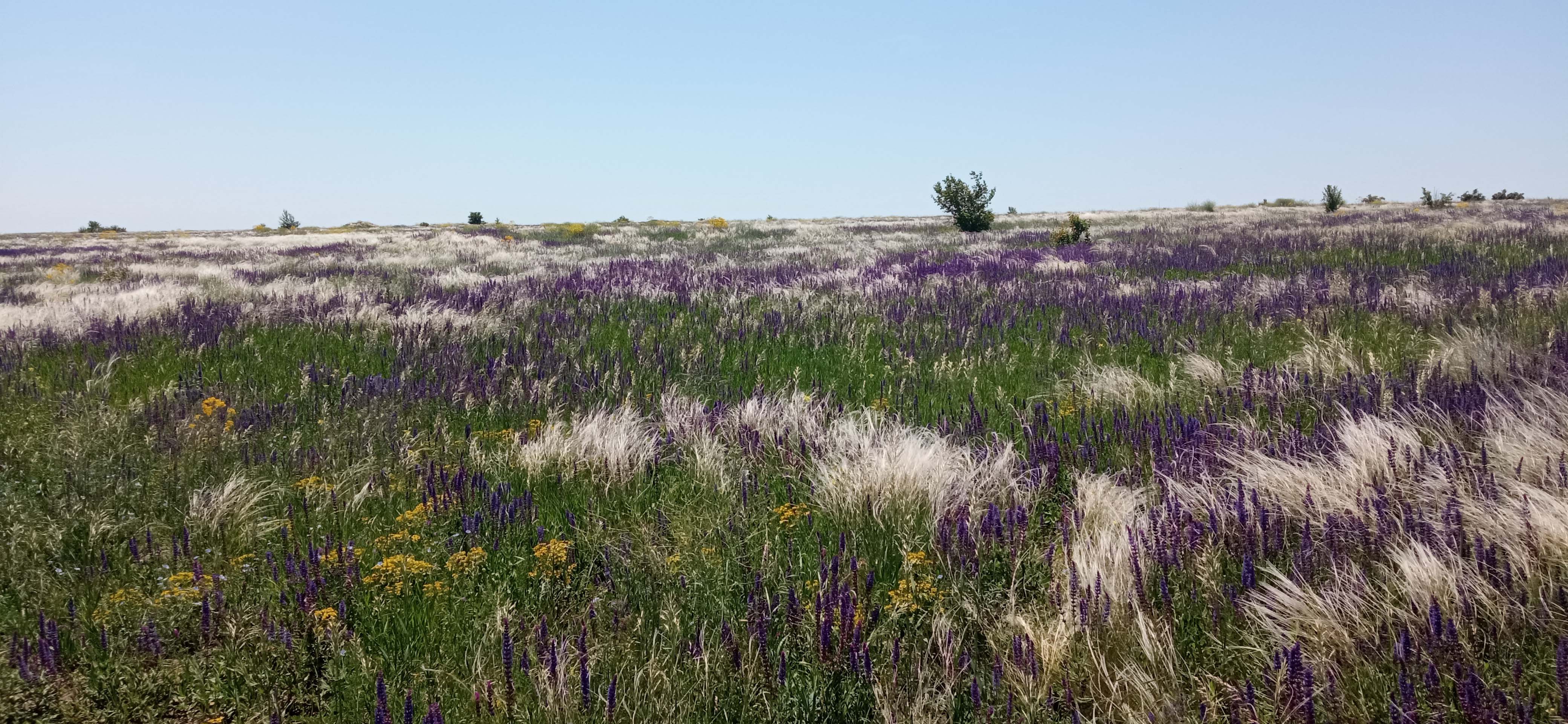
Human v. steppe
From the point of view of a wild steppe, ploughing is almost the same as cutting down trees is for a forest. Our present-day steppes began to form after the end of the last ice age. Wind, rain, various herbaceous plants, herds of ungulates (large hoofed animals) and many almost invisible invertebrates and microorganisms living in the soil have been contributing to their creation for over ten thousand years. But there were definitely no humans with ploughs.
As well as the ploughing, the Tarutyne Steppe has been badly affected by herbicides. The farmers used them to destroy the remaining wild grasses, which were automatically regarded as weeds in an agricultural field.
Fortunately, the ploughing was stopped, and a court ruled that it was indeed illegal. That sounds like a happy ending - but no court ruling can resurrect devastated wildlife.
A Soviet-era mosaic that was smashed because someone deemed it insufficiently patriotic can be restored. Or a high-quality copy can be created.
Fortunately, destroyed steppe can also be restored, although it’s far more complex than a mosaic panel, and infinitely more difficult than ploughing virgin soil.
Nature heals itself
There is a common belief that nature regenerates itself if you leave it alone and don’t interfere. While this is true in a general sense, there are some significant "buts".
If you cut down a section of forest, a new forest will grow by itself. But if all the neighbouring sections were cut down earlier and this was the last one, where will the seeds for new trees come from? Of course, if we think in terms of millennia, this isn’t a problem. But we’d like to move faster than that.
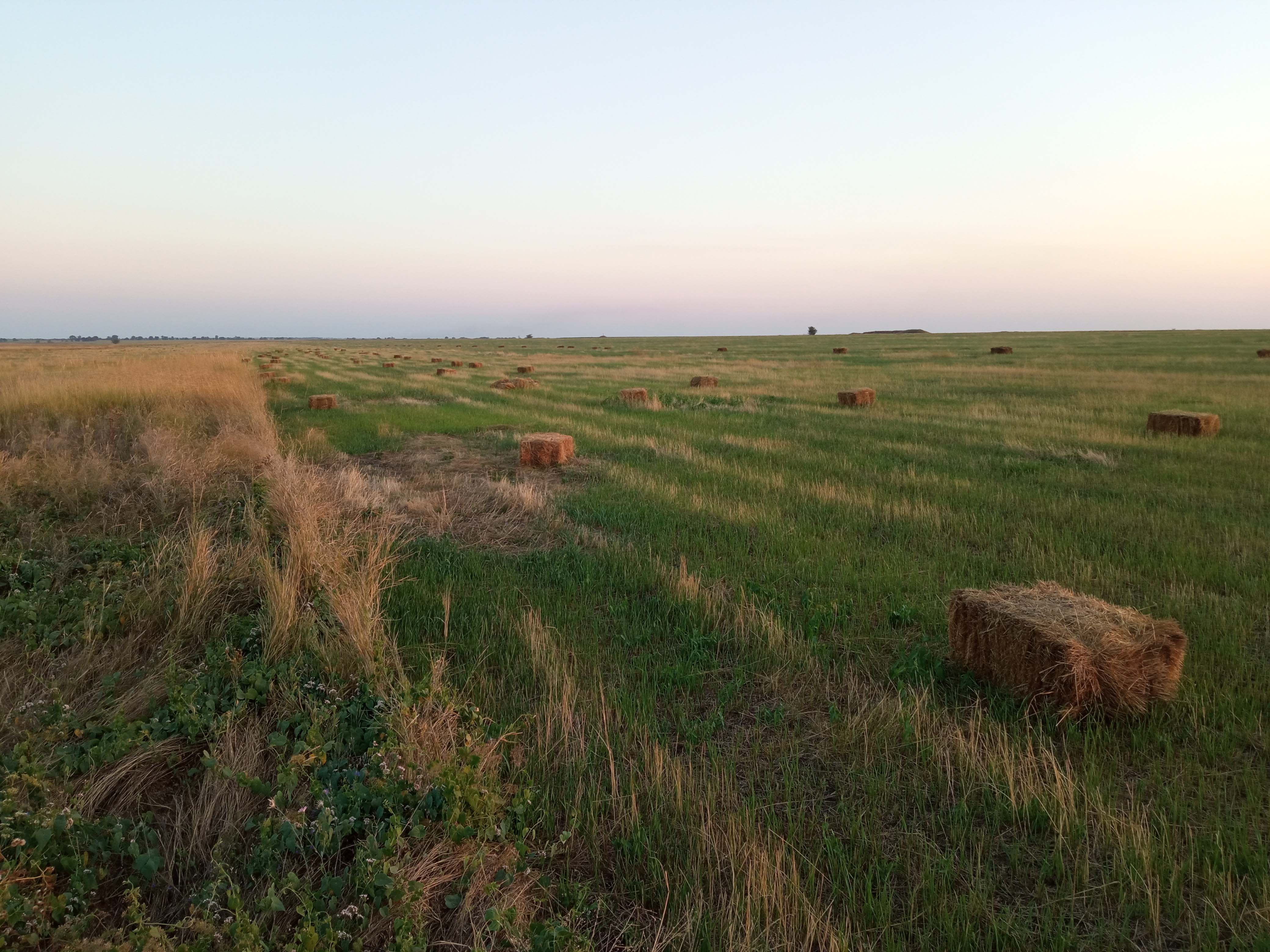
It’s the same with the steppe. If there’s a wild area next to a ploughed area, then sooner or later the steppe will recover again. Researchers have different opinions on when exactly. But we are talking decades.
At Askania-Nova, however, different areas of the steppe were ploughed up at different times. Nature is recovering there, but even a hundred years after they were ploughed up, those areas are different from the real virgin soil - seen through the eyes of an expert, of course.
But humans can help nature and speed up the process of steppe restoration.
Agrosteppe and "skin grafting"
There are various technologies. One of them is called agrosteppe. Simply put, it means treating the steppe like a field. The land is cultivated and then sown - but not with wheat or buckwheat, but with seeds of various steppe grasses. There's no need to take care of it afterwards, because nature will take care of itself.
Another technology resembles skin grafting, only instead of skin, sod is transplanted. This is highly effective because these are ready-made pieces of steppe that contain bacteria, fungi and small animals in addition to plants.
But compared to agrosteppe, transplanting sod is a more labour-intensive process. In addition, it implies that in order to restore one area, another one has to be seriously disturbed or even destroyed.
How the Tarutyne Steppe is being restored
Rewilding Ukraine, a non-governmental organisation, has taken on the task of restoring the Tarutyne Steppe. They invited Viktor Shapoval, director of Askania-Nova, which has the most extensive experience of preserving and restoring steppe ecosystems in Ukraine, to share his expertise.
The ploughed land plots in the Tarutyne Steppe varied in terms of their condition and therefore required different approaches. Some of them had been sown and harvested. When the farmers finally left them in peace, the land plots began to become overgrown with steppe grasses. And the locals started mowing them for hay.
This may sound unexpected, but mowing isn’t just essential for humans: it also benefits the steppe in the early stages of recovery.
Mowing machines compact the ploughed soil and destroy weeds that reproduce through seeds. Wild grasses such as wheatgrass remain on the land. Since they can reproduce through rhizomes, mowing does not critically damage them.
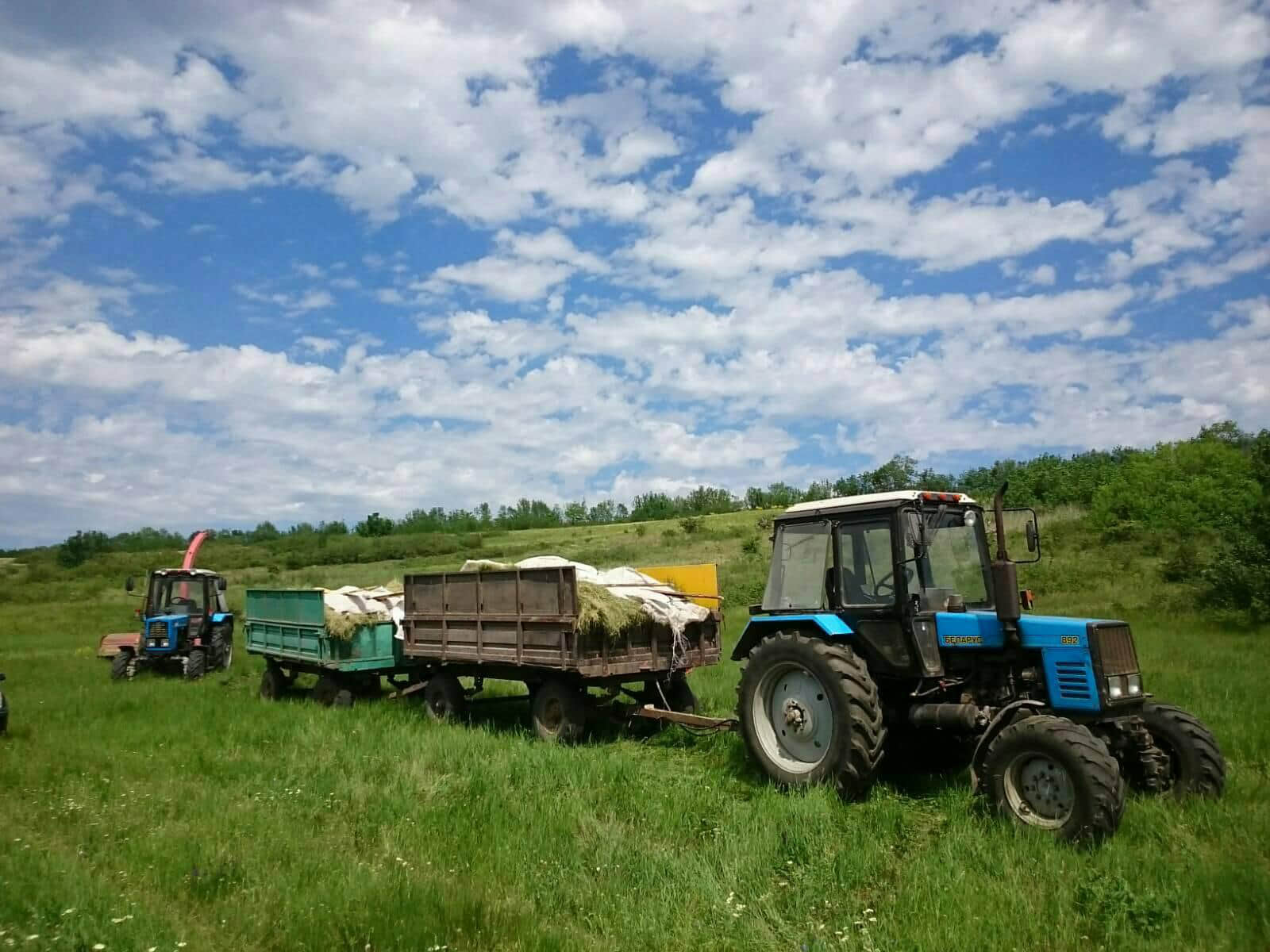
Other land plots in the Tarutyne Steppe were ploughed but not sown. The damaged land has slowly begun to grow feather grass, i.e. return to its wild state. However, there have been several serious problems. One was the predominance of weeds, and another was wind erosion, which was destroying the deep-furrowed ploughed soil.
Therefore, using special equipment, the surface of the land was levelled to reduce wind erosion. Fescue, beard grass and feather grass - wild grasses typical of the Tarutyne Steppe - were then sown.
Why herbivores are essential
Ukrainska Pravda has explained in a previous article why steppes and meadows are losing biodiversity and how this issue might be addressed.
To cut a long story short, grass grows and dies much faster than microorganisms can "eat" it. The ground gradually becomes covered with a blanket of dead organic matter, which changes the temperature, humidity and other conditions to which the plants are accustomed. This causes other species to take over, and overall species diversity drops significantly. The steppe turns into a meadow and is then covered with trees.
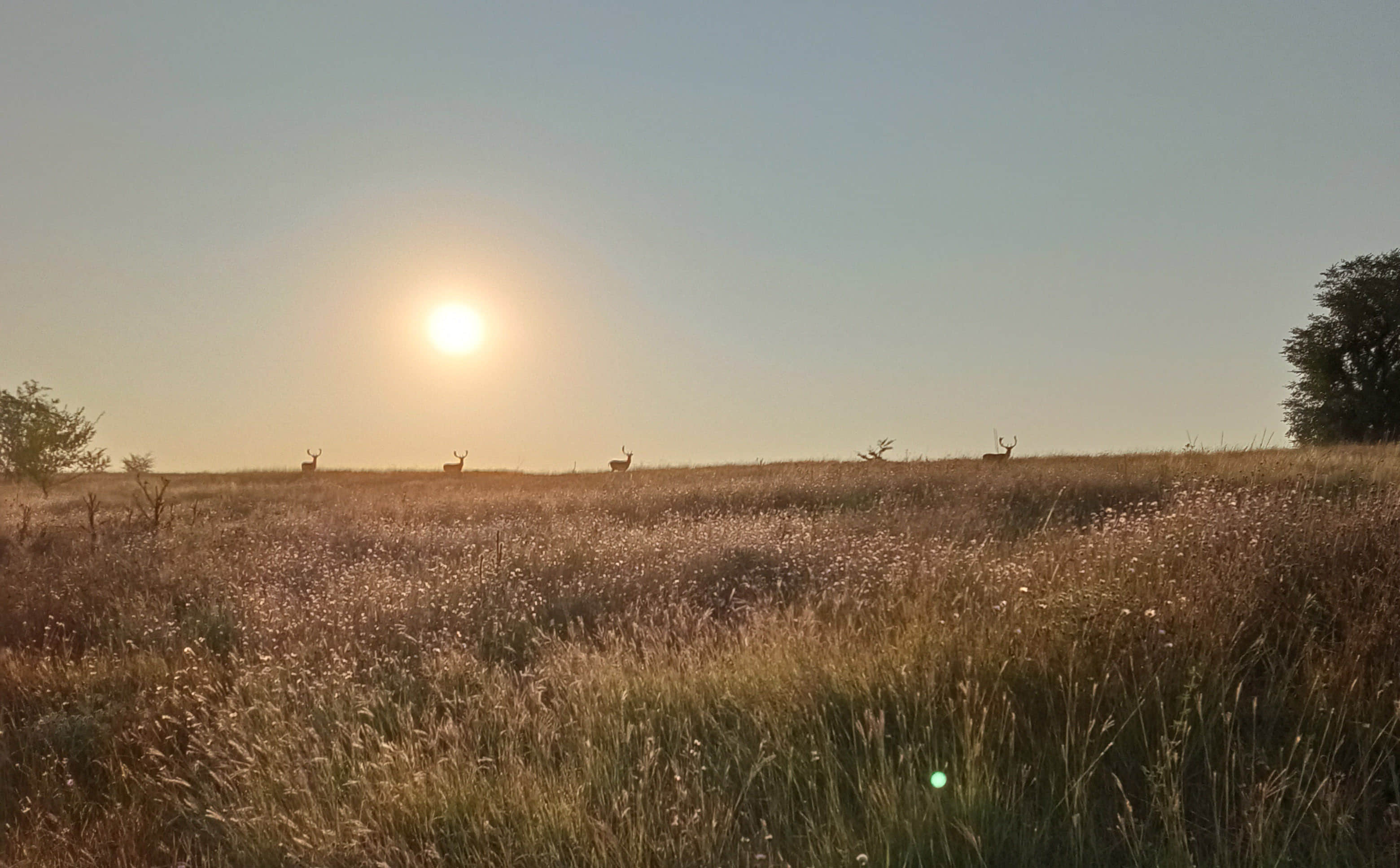
The problem can be solved using either fire or wild or domesticated ungulates which literally or figuratively consume the "extra" grass.
The Ukrainian steppes were once inhabited by herds of wild horses – tarpans, aurochs and other ungulates. Since humans brought them to extinction, the steppes have had to rely on domesticated ungulates such as sheep, goats and cattle.
However, reintroducing wild ungulates to their former habitat is possible. It's easier said than done, but at least we don't need to decipher fossil DNA and resort to genetic modification technology.
Onagers
Wild ungulates have been bred for many years at the Askania-Nova nature reserve, which is located in the part of Kherson Oblast that is currently temporarily occupied. Or rather they were before the Russians illegally took it over. It was from Askania-Nova that Przewalski's horses were resettled in the Chornobyl exclusion zone, where they live and breed with no need of human intervention.
The first group of twenty onagers (wild donkeys) was brought from Askania-Nova to the Tarutyne Steppe in Odesa Oblast in 2020. They were initially placed in a special enclosure to acclimatise and get used to the new conditions. Then they were released into the wild.
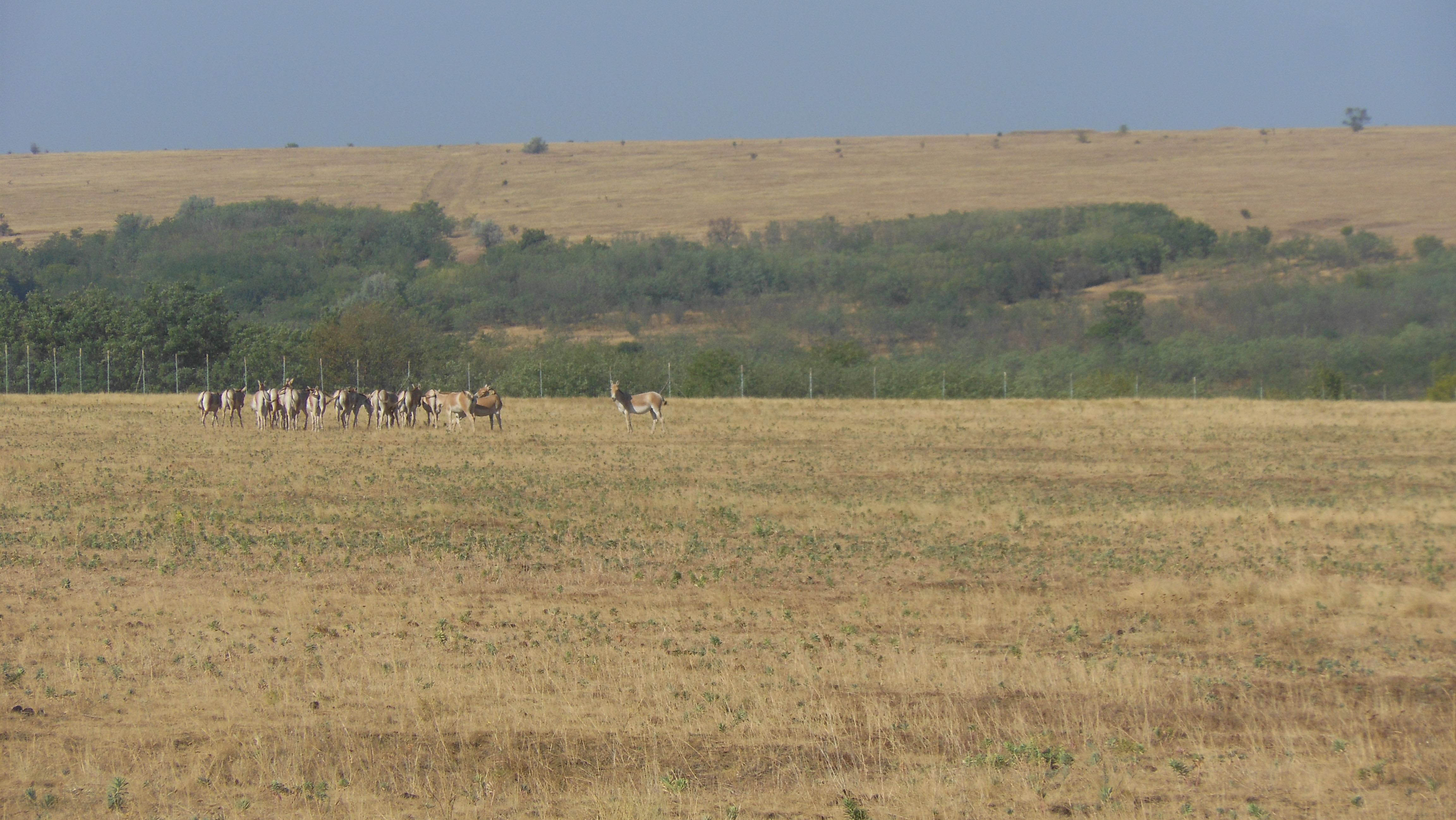
Locals occasionally report the animals’ wanderings. According to a GPS tracker on one of the animals, the herd has been known to enter the territory of Moldova.
Last year, during their regular observation of a group of onagers, some huntsmen witnessed a "little miracle". For the first time in several hundred years, an onager was born in these steppes. This year, another foal was born in the enclosure.
In all fairness, it should be mentioned that onagers are not just being born in the Tarutyne Steppe; some also die of disease. This is just one of the reasons why the path to wildlife reintroduction is not strewn with rose petals.
Why do we need more wildlife?
The modern-day case of the Tarutyne Steppe is just one example of rewilding. Ukrainska Pravda has reported several times on a project being run by Oleksii Burkovskyi from Donetsk Oblast, who decided to turn his land plot into a wild steppe.
Rewilding has been going on in the Chornobyl exclusion zone for almost 40 years now. And rewilding is ongoing at the site of the Kakhovka Reservoir that was destroyed by the Russians, whether we are in favour of its rebuilding or have a different vision for its future.
Talking about rewilding is exciting, but it comes down to one question: why? In the case of the Tarutyne Steppe, the answer is simple. It’s a nature reserve, and it was ploughed up illegally, so it makes sense to put this right. However, in other cases the answer may not be so clear-cut.
Luckily for us (or perhaps not so luckily), the process of destroying nature is a gradual one. For example, the more natural ecosystems we destroy, the more carbon dioxide we release into the atmosphere.
The planet has not yet crossed the threshold set by the Paris Agreement of 2°C above pre-industrial levels, beyond which we face a real climate catastrophe. But if we cut down just a few more forests and drain a few more wetlands, we'll definitely "reach the target".
If the destruction of nature continues, one day we’ll wake up on Mars, or, to put it another way, on a planet completely devoid of the very thing that ensures our existence on Earth - that is, life itself.
But we don’t have a spare planet, and we won’t have one in the foreseeable future. So rewilding is essential not for nature's sake (let's leave this impractical idealism aside), but for humanity's.
Rewilding and humans
Another issue is that these planet-sized ideas are often crushed by local realities.
In order to create a nature sanctuary, reserve or national park (this isn't even about rewilding, merely giving protected status to a piece of nature that has miraculously survived to this day), you must obtain the consent of the land user. That could be the local hromada [an administrative unit designating a town, village or several villages and their adjacent territories – ed.], or a state-owned utility, as is the case with most forests.
There may be any number of endangered and protected species on the site, but if the land user says no, there will be no nature reserve. The situation is similar, for example, around the Svydovets mountain range, where activists aim to create a nature reserve and protect wildlife from destruction. And this is frequently the case around lesser-known natural sites that attract less media attention than Svydovets.
Now imagine that this isn’t about preserving a steppe gully where nobody is sowing any crops just yet. It's about turning a field into a steppe, or dismantling a dam and draining a reservoir. Or stopping peat extraction in a bog and allowing it to go back to being a bog rather than a fuel source.
Different hromadas have different attitudes to the prospects of nature conservation, says Viktor Shapoval. What is certain is that we can’t isolate people from nature and put up a solid fence around it. If we did, what would they need nature for?
Locals in the Tarutyne Steppe mow hay in the steppe areas that are recovering. This is a compromise – a situation that benefits both nature and humans at this stage. Similarly, sheep farming, traditional in Ukraine’s south, helps the steppes get rid of excess biomass and preserve their biodiversity.
Promoting tourism, especially ecotourism, may also be beneficial to rewilding.
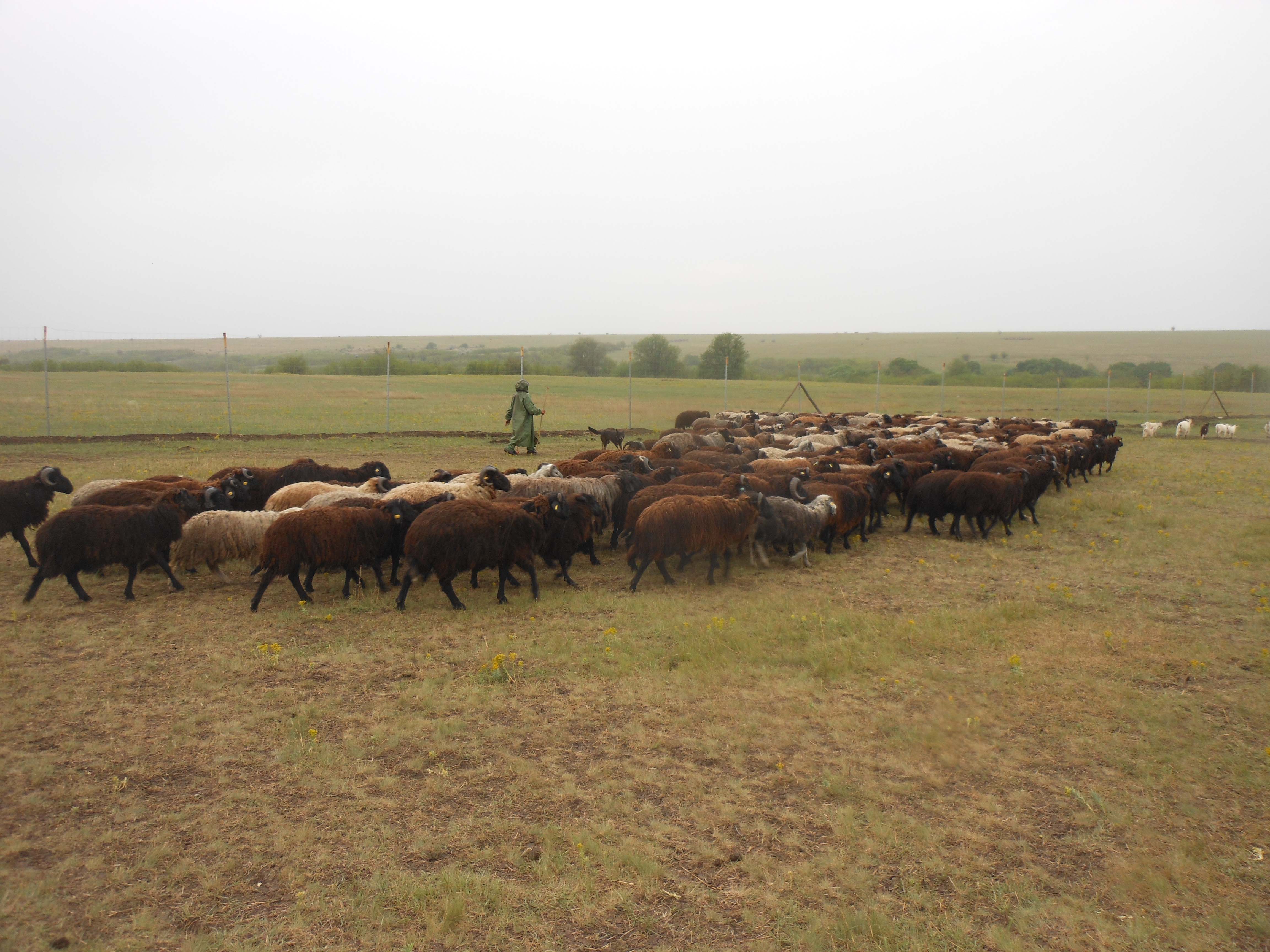
Destined to recover
Ukraine has been a long way off being a world leader in nature conservation so far, even though its movement towards Europe obliges the country to do much more than it used to.
Over several years the Ukrainian parliament has failed to pass a law on the Emerald Network, without which Ukraine will not be able to join the EU. And without that, Ukraine’s nature reserves cover only about 7% of the country's territory. The global average is 17% (when it comes to land), and even that is far from the figure that ecologists and conservationists are pushing for.
However, Ukraine is almost destined to become a prominent global rewilding centre in the near future. Regardless of our sympathies, beliefs, or even business interests, economic activity will be unable to resume wherever there are currently hostilities. With the best will in the world, it will take decades or longer to clear the entire area of mines.
It's like with the Kakhovka Reservoir – while people argue about whether to rebuild the reservoir or not, and if so, how exactly, the bottom of the former artificial sea is being taken over by plants that are only "arguing" with each other for their place in the sun.
After the war, large expanses of land, primarily in the steppe zone, will be unusable or temporarily unfit for life or any activity. All we can do with them is give them back to nature. And in this context, perhaps our only consolation will be that, horrific though the price will have been, we will have multiplied life on Earth.
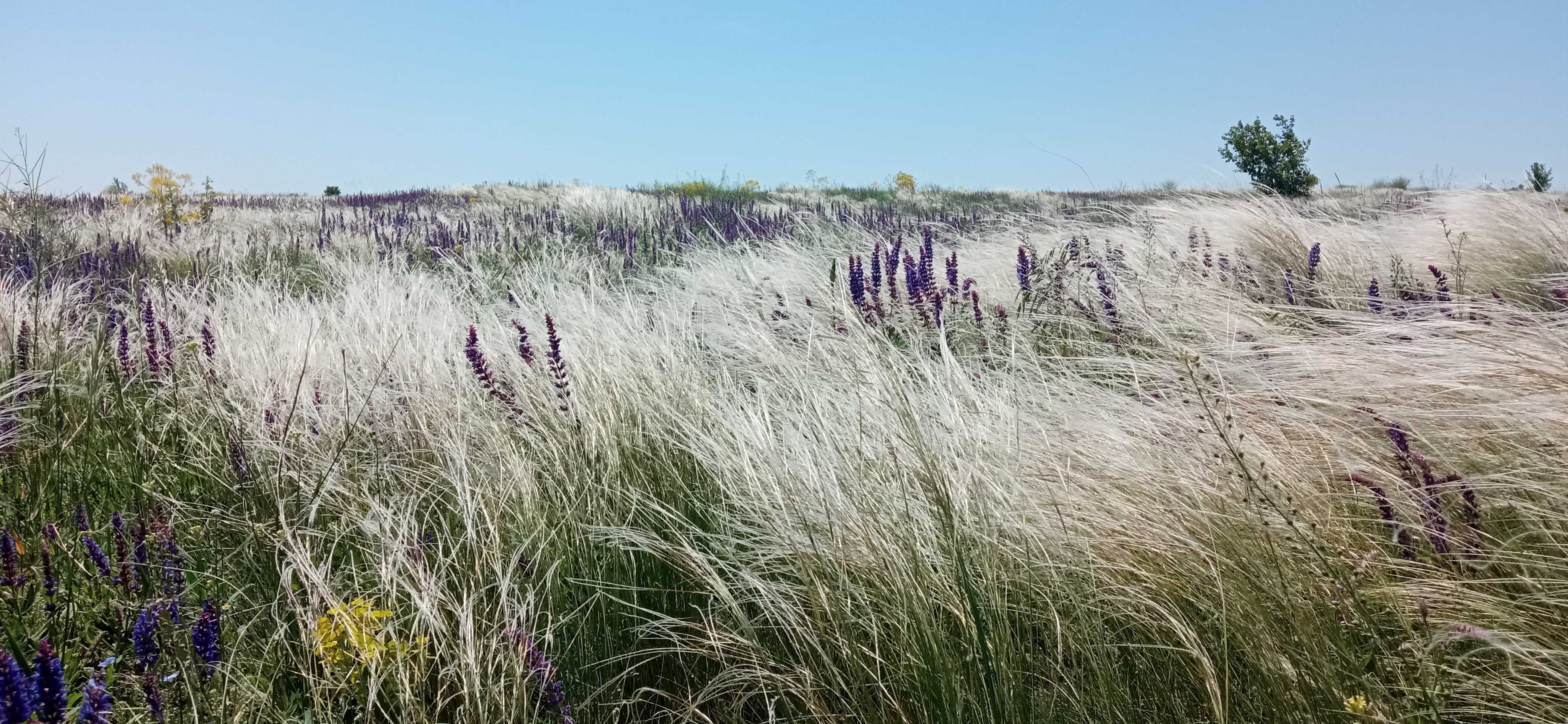
Dmytro Simonov, Ukrainska Pravda
Translation: Myroslava Zavadska and Artem Yakymyshyn
Editing: Teresa Pearce